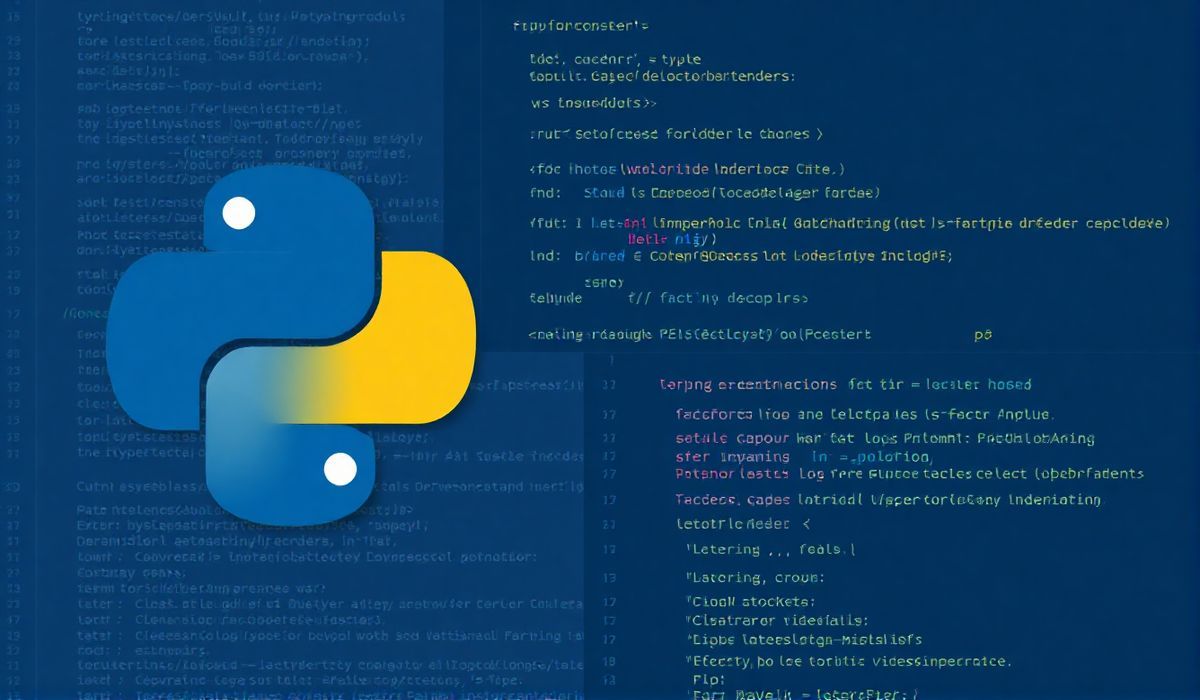Introduction to EventLogger
EventLogger is a powerful logging library that allows developers to efficiently track events, errors, and other crucial metrics within their applications. This comprehensive guide will introduce you to the core functionalities of EventLogger and provide useful API explanations with illustrative code snippets.
Basic Usage
The following example demonstrates the basic usage of EventLogger for logging a simple message.
import eventlogger
logger = eventlogger.get_logger("my_app")
logger.info("This is an informational message")
Configuring EventLogger
To configure EventLogger, you can set various parameters such as log level, output format, and destination.
import eventlogger
config = {
"log_level": "DEBUG",
"format": "%(asctime)s - %(name)s - %(levelname)s - %(message)s",
"destination": "file",
"file_name": "app.log"
}
eventlogger.configure(config)
Logging Different Severity Levels
EventLogger allows logging messages at different severity levels such as DEBUG, INFO, WARNING, ERROR, and CRITICAL.
import eventlogger
logger = eventlogger.get_logger("my_app")
logger.debug("This is a debug message")
logger.info("This is an informational message")
logger.warning("This is a warning message")
logger.error("This is an error message")
logger.critical("This is a critical message")
Adding Custom Fields
You can add custom fields to your log messages for additional context.
import eventlogger
logger = eventlogger.get_logger("my_app")
logger.info("User login", user="john_doe", action="login")
Exception Logging
EventLogger provides a convenient way to log exceptions along with stack trace information.
import eventlogger
logger = eventlogger.get_logger("my_app")
try:
1 / 0
except ZeroDivisionError as e:
logger.exception("An exception occurred: %s", e)
Performance Metrics Logging
EventLogger can be used to log performance metrics, which is crucial for profiling and optimizing your application.
import eventlogger
import time
logger = eventlogger.get_logger("performance")
start_time = time.time()
# Perform some operations
end_time = time.time()
elapsed_time = end_time - start_time
logger.info("Operation completed", duration=elapsed_time)
Building an Application with EventLogger
Below is a simple application that utilizes various EventLogger APIs. This example showcases how different logging functionalities can be integrated into a real-world application.
import eventlogger
import time
def configure_logging():
config = {
"log_level": "INFO",
"format": "%(asctime)s - %(name)s - %(levelname)s - %(message)s",
"destination": "file",
"file_name": "app.log"
}
eventlogger.configure(config)
def perform_complex_operation():
logger = eventlogger.get_logger("operation")
try:
logger.info("Starting complex operation")
start_time = time.time()
# Simulate operation
time.sleep(2)
result = 1 / 0 # This will cause an exception
end_time = time.time()
logger.info("Completed complex operation", duration=end_time - start_time)
return result
except Exception as e:
logger.exception("An error occurred during complex operation: %s", e)
raise
if __name__ == "__main__":
configure_logging()
logger = eventlogger.get_logger("main")
logger.info("Application started")
try:
perform_complex_operation()
except Exception:
logger.error("Complex operation failed")
logger.info("Application finished")
By leveraging the EventLogger library, developers can significantly enhance the maintainability and robustness of their applications, making it easier to diagnose issues and track important events.
Hash: 0c6e22c3684c7e97c352cb24b6c4a8e5b192c90e2c4b43a02687e7fd0ff9c539




